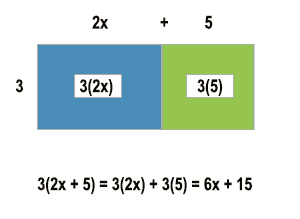
Some polls suggest that over 50% of American school teachers feel extremely overwhelmed due to teacher burnout. The stresses and challenges of teaching are very real, as those who have taught understand very well. What I don’t want to do is tell you how important your job is and implore you to press on for the benefit of your students, as you’ve heard all of this before. Instead, the goal of this post is to provide you with 4 actionable, tangible steps that you can take to avoid teacher burnout in the 2022-2023 school year. These are strategies that have worked for myself and many of my colleagues, and I hope that they can be helpful to you as well.
- Leave it at school. This statement could refer to a lot of things, but I’m going to use it to talk about grading papers. I understand that teachers occasionally need to take home papers to grade. As a former teacher, I’ve done my fair share of grading at the dining room table. However, I want to encourage you to leave those papers at school. It doesn’t have to be every day; I understand that wouldn’t be a tangible goal for most teachers. But- when you can, leave the papers at school. You might be shocked to find that they’ll still be waiting for you the next day.
- When everything is going poorly, focus on what isn’t. When I would teach a lesson where everything felt as if it was going poorly, I would remind myself to focus on the things that were going well. I found that, for every student who was acting out, there were always two or three others who were engaged in the activity. For every student who appeared mentally checked out, there were always one or two others asking questions about the lesson. Although you may try, you cannot control how your students behave or whether or not they bring a desire to learn into your classroom on any given day. You can only control yourself and your own reactions. It sounds simple, but remember to look for what is good when everything feels as though it’s going badly.
- Do things for yourself. On your way to work, grab an overpriced latte from the coffee shop nearest to your school. Enjoy a glass of wine on a Saturday evening. Go to dinner with that friend group you haven’t seen much since you started teaching. Get rest. Exercise. Read a book. You do so much for your students. Make it a priority to take care of yourself.
- Take a mental health day, if you need one. I’ve known people in both my personal life and my career life who were against taking mental health days for one reason or another. Maybe it’s because taking a day off makes them feel weak or helpless, or perhaps they feel a sense of pride, or even moral obligation, to show up for work in spite of any struggles they might be dealing with. While I admire these folks in some ways, I also feel sorry for them- because they will never know what it feels like to sleep until 11am on a school day, waking up just in time for The Price is Right. When you need one, take a mental health day, and do not apologize for it.


